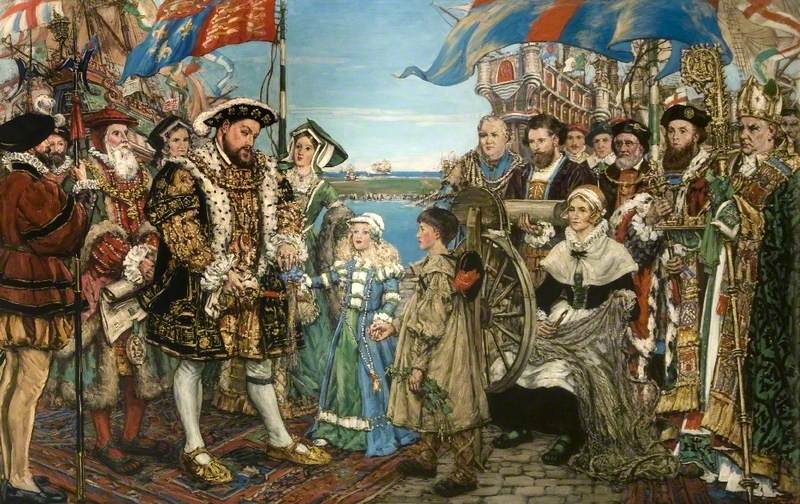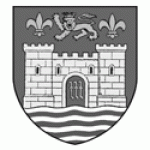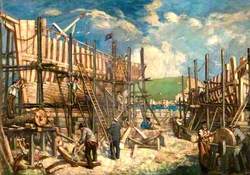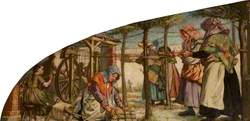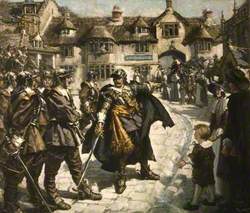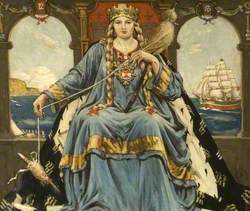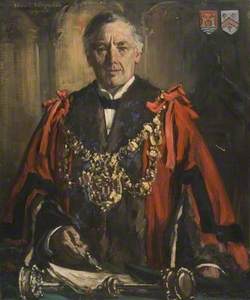How you can use this image
This image can be used for non-commercial research or private study purposes, and other UK exceptions to copyright permitted to users based in the United Kingdom under the Copyright, Designs and Patents Act 1988, as amended and revised. Any other type of use will need to be cleared with the rights holder(s).
Review the copyright credit lines that are located underneath the image, as these indicate who manages the copyright (©) within the artwork, and the photographic rights within the image.
The collection that owns the artwork may have more information on their own website about permitted uses and image licensing options.
Review our guidance pages which explain how you can reuse images, how to credit an image and how to find images in the public domain or with a Creative Commons licence available.
Notes
Add or edit a note on this artwork that only you can see. You can find notes again by going to the ‘Notes’ section of your account.
This picture is not, in any sense, the record of an historical event or of any ceremony that took place. It is a summing-up of the life and history of Bridport. The central figure is Henry VIII who is represented standing on the quay at Bridport Harbour. Above the King’s head floats the Royal Standard. Behind the King’s left shoulder is Frances, Marchioness of Dorset. Immediately behind the King is the historical and romantic figure of Sir John Russell, of Kingston Russell and Berwick House in Burton Bradstock, Dorset. He was the Lord Privy Seal and founder of the Bedford family and this portrait was taken from a picture of Sir John by Hans Holbein which belonged to the Bedford family. In his hands he holds the Charter granted by Henry VIII in 1592 which confirmed the right of Bridport’s spinners and combers to work unhindered at their craft; the pendant hanging from the Charter is the Seal of the Realm.
The Ecclesiastical figure on the left of the painting is Giles de Bridport, Bishop of Salisbury in 1256. In his right hand he holds a model of Salisbury Cathedral and in his left the pastoral staff. The borders of his cape are embroidered with subjects relevant to Bridport. Over the civic group waves the town flag and behind is the ship ‘The Town of Bridport’. The Tudor colours of green and white are introduced wherever possible.
The small boy and girl in the foreground represent hemp and flax respectively. The King, in accordance with Royal Etiquette, is laying his hand upon, but not taking the bunch of flax flowers presented by the girl. Both children are dressed in Tudor costume, the colours of which symbolize the plants that the children personify. The boy wears a Dorset smock-frock, which had been seen in Dorset since Saxon times.
Title
A Romance of Bridport, Dorset
Date
1923
Medium
oil on panel
Measurements
H 114.5 x W 181 cm
Accession number
PCF2
Acquisition method
presented by the artist to Bridport Town Council, 1923
Work type
Painting
